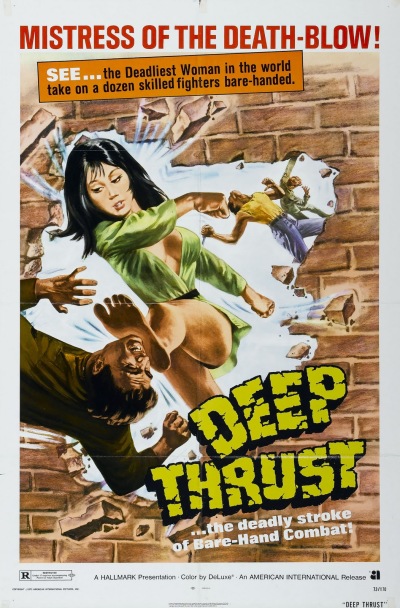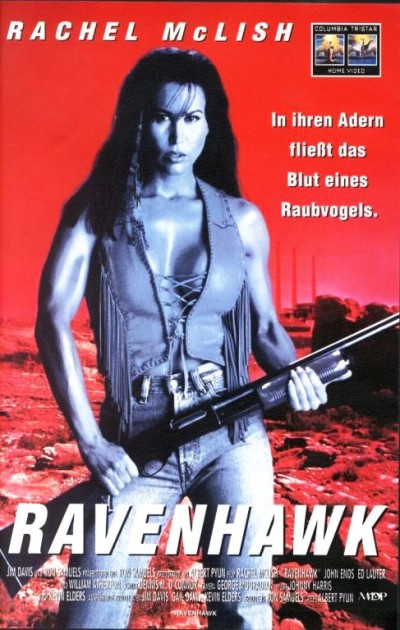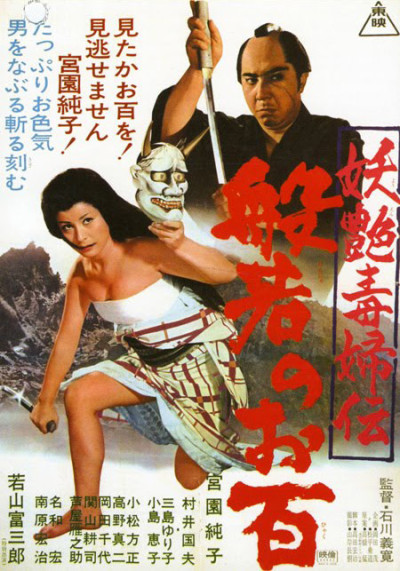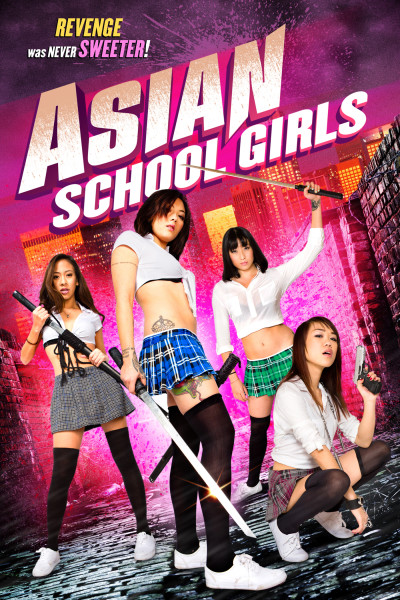★★
“A kinder, gentler era. Particularly for heroines.”
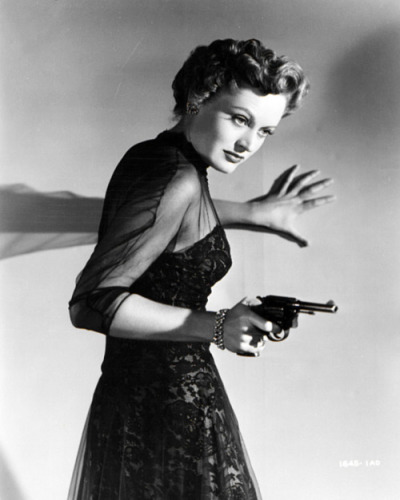 Despite a good central idea, this founders on failing to have the courage of its convictions. The heroine’s appearances are book-ended by a boyfriend (Egan) who reckons she’d be better off in an apron than a police uniform, and colleague Mike Trent (Brady), who treats her with hardly any more respect – Chris watched the end of this one with me, and her sole comment (not including various derisive snorts) was, “I would not have fared very well in the fifties…”
Despite a good central idea, this founders on failing to have the courage of its convictions. The heroine’s appearances are book-ended by a boyfriend (Egan) who reckons she’d be better off in an apron than a police uniform, and colleague Mike Trent (Brady), who treats her with hardly any more respect – Chris watched the end of this one with me, and her sole comment (not including various derisive snorts) was, “I would not have fared very well in the fifties…”
Christine Miller (Smith) is the young lady in question, whose father is gunned down by a mobster after spurning a payoff. Christine feels guilty about this, because her father ran up debts to put her through school, and is left with a burning desire to take vengeance on those responsible. Enter Trent, an LA detective who is trying to roll up the entire gang, but their wary nature has led to him being unable to gather any evidence. He thinks a women, posing as a drugs buyer, might have better luck, and is convinced that with the right coaching, Christine is the right one for the job – over qualms that she might not be able to control her emotive impulses, because she’s a girl ‘n’ stuff. He sends her to bond with Liz Crow (George), a former Chicago criminal who became addicted to her own supply, and is now in rehab, seeking information which will establish a solid background for Christine’s undercover persona.
That done, she moves into a boarding house opposite a low-level connection to the gang, and starts trying to work her way up the food chain. It’s not without issues, as her target remain suspicious, and her cover is stretched the the limit, for example, when her boyfriend happens to bump into her, calling Christine by her real name within earshot of a lurking gang member. As such, it concentrates more on attempting to craft tension than action, along with a lengthy (too long, it might be said) depiction of the relationship between Christine and Liz. But it doesn’t really work, leading instead to a lengthy climax which appears to consist mostly of people running around a building constructed entirely out of staircases, landings and doorways, shooting at each other with the accuracy of Imperial Stormtroopers. It’s just not something which has aged well, and will leave you mostly with an appreciation of how far cinematic heroines have come in the sixty-plus years since.
Dir: Joseph Pevney
Star: Alexis Smith, Scott Brady, Richard Egan, Gladys George





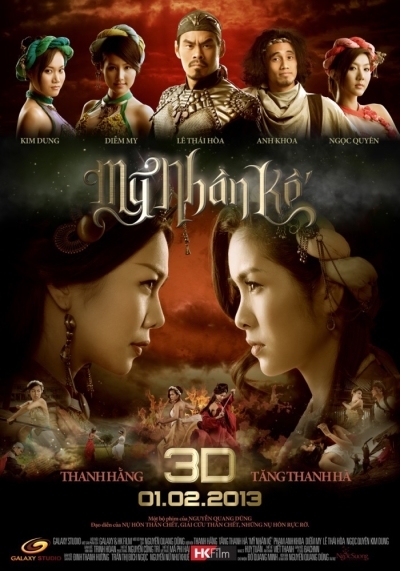
 Life in the old West was tough. It was particularly tough if you were a woman, such as Sarah Ramírez (Jones), struggling to make an honest living with her farmer husband Miguel (Noriega), having escaped life as a prostitute. This movie shows it to be especially tough, after Miguel has had his throat slit by batty preacher Prophet Josiah (Isaacs) – it doesn’t help he has the hots for Sarah, apparently taking the “love thy neighbour” line very literally, and runs the local area as if it were his own personal fiefdom. Fortunately, she has an unusual ally in Sheriff Jackson (Harris). The lawman shows up, looking for two people who disappeared on a journey which took them right across Josiah’s territory, and is about the only other person willing to stand up to the lunatic religious fringe. Finally, Sarah has had enough, and embarks on her vengeance against, not only Josiah, but anyone else who has wronged her, such as the shopkeeper who spied on her in his changing-room.
Life in the old West was tough. It was particularly tough if you were a woman, such as Sarah Ramírez (Jones), struggling to make an honest living with her farmer husband Miguel (Noriega), having escaped life as a prostitute. This movie shows it to be especially tough, after Miguel has had his throat slit by batty preacher Prophet Josiah (Isaacs) – it doesn’t help he has the hots for Sarah, apparently taking the “love thy neighbour” line very literally, and runs the local area as if it were his own personal fiefdom. Fortunately, she has an unusual ally in Sheriff Jackson (Harris). The lawman shows up, looking for two people who disappeared on a journey which took them right across Josiah’s territory, and is about the only other person willing to stand up to the lunatic religious fringe. Finally, Sarah has had enough, and embarks on her vengeance against, not only Josiah, but anyone else who has wronged her, such as the shopkeeper who spied on her in his changing-room.









